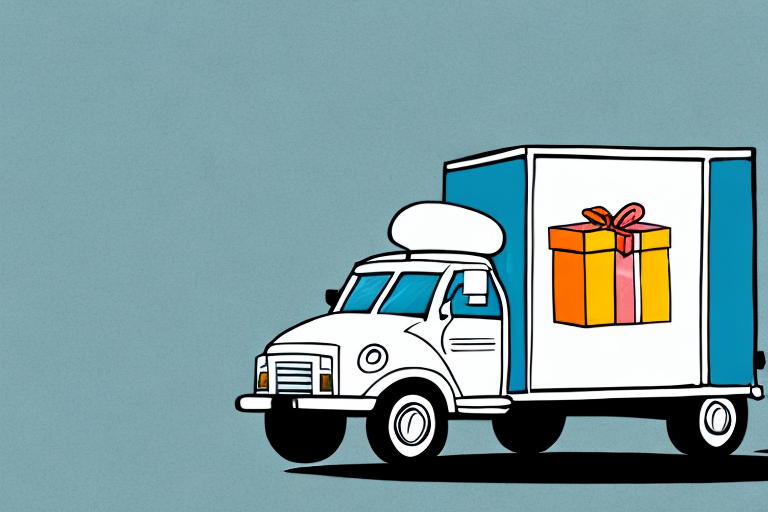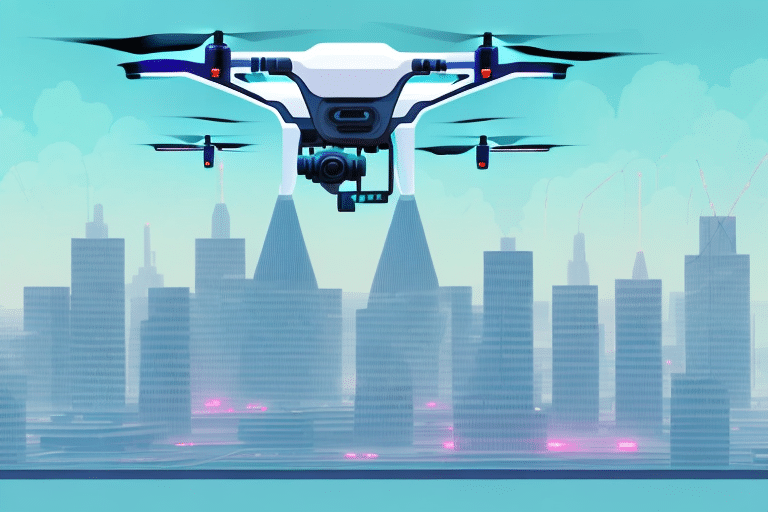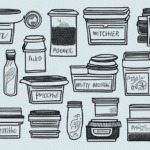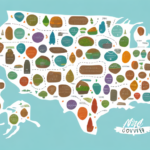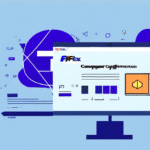Understanding No Contact Delivery
The ongoing COVID-19 pandemic has significantly transformed the way we receive meals and other deliveries. To mitigate the spread of the virus, restaurants and food delivery companies have implemented the concept of no contact delivery. But what exactly does this entail? This article delves into the nuances of no contact delivery, its benefits, and its lasting impact on the delivery industry.
What is No Contact Delivery?
No contact delivery refers to the process of delivering food or other items to customers without any physical interaction between the delivery personnel and the customer. This can be accomplished through various methods, such as:
- Leaving the package at the customer's doorstep.
- Sending a text message or app notification when the delivery has arrived.
- Using designated drop-off points to minimize direct contact.
Evolution During the Pandemic
The concept gained widespread popularity during the COVID-19 pandemic as safety became a paramount concern. Many consumers sought ways to order food, groceries, and essential supplies online without the risk of virus transmission.
The Advantages of No Contact Delivery
No contact delivery offers numerous benefits for both customers and delivery personnel, including:
Enhanced Safety
The primary advantage is the significant reduction in physical contact, thereby lowering the risk of virus transmission. This ensures that customers can stay safe at home while still receiving necessary items.
Convenience
Customers who are self-isolating, busy with work, or managing family responsibilities find no contact delivery particularly convenient. It eliminates the need to visit stores, saving time and effort.
Efficiency in Delivery
Without the necessity for face-to-face interactions, delivery drivers can focus solely on delivering orders, leading to faster and more efficient service.
Environmental Benefits
No contact delivery often involves minimizing packaging and utilizing eco-friendly delivery options, such as electric vehicles, which contribute to reducing the carbon footprint.
Impact on the Food Ordering Process
No contact delivery has revolutionized the food ordering landscape in several ways:
Streamlined Ordering Platforms
Food delivery apps have integrated options for contactless delivery, allowing customers to specify their preferences easily during the ordering process.
Reduction in Waste
The elimination of physical menus and cutlery in some establishments has led to a noticeable decrease in waste generation.
Adoption of Sustainable Practices
Many restaurants are adopting sustainable delivery practices, such as using reusable packaging and electric delivery vehicles, to support eco-friendly initiatives.
Technological Innovations Driving No Contact Delivery
Technology plays a crucial role in facilitating no contact delivery, making the process seamless and efficient:
Advanced Delivery Apps
Platforms like Uber Eats and DoorDash have enhanced their apps to support contactless delivery options, allowing customers to track their orders in real-time.
Automated Delivery Systems
Innovations such as drones and robots are being explored to further minimize human contact. Companies like Amazon are testing drone deliveries in select areas, aiming to provide faster and more efficient service.
Smart Lockers and Pickup Points
Smart lockers enable customers to retrieve their orders using unique access codes, eliminating the need for direct interaction with delivery personnel.
Safety Measures in No Contact Delivery
Ensuring the safety of both customers and delivery staff is paramount. Key safety measures include:
Sanitization Protocols
Restaurants and delivery companies are regularly sanitizing their kitchens, delivery bags, and vehicles to maintain a hygienic environment.
Health Screenings
Employees undergo regular health screenings, including temperature checks, to prevent anyone exhibiting symptoms from handling or delivering orders.
Use of Personal Protective Equipment (PPE)
Delivery personnel are equipped with PPE such as masks and gloves to protect both themselves and customers during the delivery process.
Contactless Payment Options
Encouraging digital payments reduces the need for cash handling, further minimizing potential contact points.
Tips for a Seamless No Contact Delivery Experience
To maximize the benefits of no contact delivery, consider the following tips:
- Specify Delivery Preferences: Clearly indicate your preference for no contact delivery when placing your order.
- Provide Accurate Information: Ensure that your address and contact details are correct to facilitate smooth delivery.
- Opt for Digital Payments: Use credit cards or digital wallets to minimize cash transactions.
- Sanitize Upon Arrival: Clean any packaging or containers before use to maintain hygiene.
Comparing Traditional and No Contact Delivery
While traditional delivery methods involve direct interaction between customers and delivery personnel, no contact delivery offers distinct advantages:
Pros of Traditional Delivery
- Personal interaction allows for rapport building and tipping delivery drivers in person.
- Immediate resolution of any order discrepancies or issues.
Pros of No Contact Delivery
- Enhanced safety by minimizing physical contact.
- Greater convenience for customers preferring minimal interaction.
- Potentially quicker delivery times due to streamlined processes.
- Increased accessibility for individuals with disabilities or limited mobility.
Cons of Each Method
Traditional delivery may pose higher risks during health crises, while no contact delivery might lack the personal touch some customers appreciate.
Future of No Contact Delivery
The adoption of no contact delivery is likely to persist beyond the pandemic, driven by its inherent benefits and consumer preferences. Future advancements may include:
Integration of AI and Machine Learning
Artificial intelligence can optimize delivery routes, predict demand patterns, and enhance overall efficiency.
Expansion of Autonomous Delivery Vehicles
Self-driving cars and delivery bots could become commonplace, further reducing the need for human intervention.
Enhanced Customer Experience
Personalized delivery options and improved tracking systems will continue to elevate the customer experience.
Conclusion
No contact delivery has emerged as a pivotal service in the modern delivery landscape, particularly in response to the COVID-19 pandemic. Its advantages in terms of safety, convenience, and efficiency have solidified its place in the industry, and technological advancements promise to further enhance its effectiveness.
As consumers increasingly prioritize health and safety, no contact delivery is poised to remain a staple in the food and goods delivery sectors, offering a sustainable and user-friendly alternative to traditional delivery methods.













